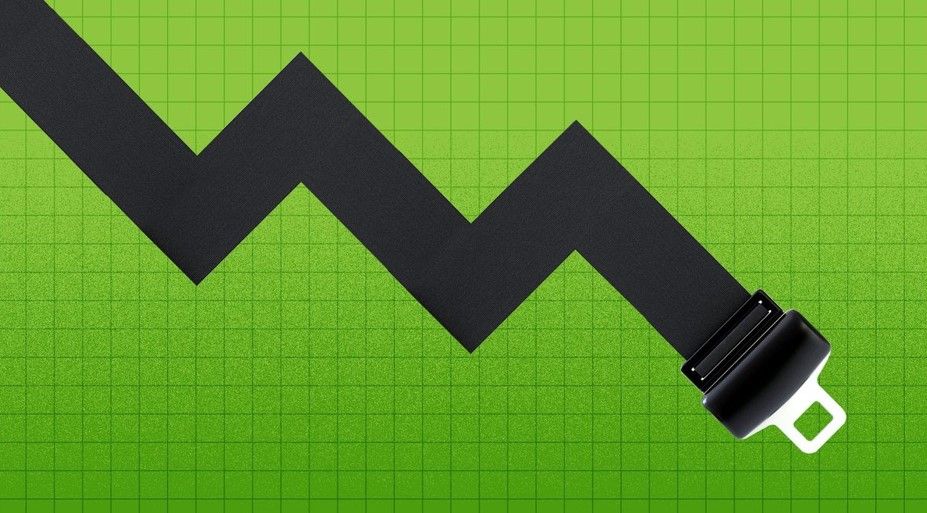
Economy, International Markets, Week in Review
Mexico’s economic challenges ahead
Mexico’s economic state remains impacted by several external and domestic uncertainties in addition to a recent volatility surge in the local currency market. Gross domestic product (GDP) is expected to rise 2.2% this year and 1.9% in 2025. The consensus view for next year was downgraded from a forecast of 2.1% in a January poll, according to Reuters.

Mexico’s economic state remains impacted by several external and domestic uncertainties in addition to a recent volatility surge in the local currency market. Gross domestic product (GDP) is expected to rise 2.2% this year and 1.9% in 2025. The consensus view for next year was downgraded from a forecast of 2.1% in a January poll, according to Reuters.
“Risks around forecasts are balanced,” said Alberto Ramos, head of Latin America economic research at Goldman Sachs. “But the fiscal picture is going to be less comfortable than the one President Lopez Obrador had to manage, and that needs to be fixed through tax reform or expenditure reviews.”
Why it matters: Mexico’s next president and first female leader, Claudia Sheinbaum who has supports state-owned energy companies and announced hikes to the minimum wage will take on the country—benefitting from drastic changes in international trade. In recent years, Mexico’s growth has averaged just above 2% a year, far below that of other developing economies.
Mexico’s overall fiscal deficit is set to end 2024 at 5.9% of GDP, according to figures by the International Monetary Fund. This would be the highest for the country in IMF public finances data series since 2015. However, the economy surpassed analysts’ expectations after reopening from the pandemic, until a dip in late 2023 (partly due to a slowdown in construction and exports to the U.S.) A slight deceleration in economic activity in 2024 is expected, according to analysts, which is another major challenge for Sheinbaum given inflation, high interest rates and the largest budget deficit since the 1980s.
By the numbers: As the Mexican economy currently stands, customers are paying an average of 27 days beyond terms, according to FCIB’s Credit & Collections Survey.
- 33% of respondents say payment delays are increasing.
- The top three causes of payment delays include cash flow issues (40%), billing disputes (27%) and inability to pay (20%).
What FCIB Credit and Collections Survey respondents are saying:
- “If you are collecting debt invoiced in USD, companies will pay you in MXN since the government rules do not force them to pay in the same currency as invoiced,” one Survey respondent wrote. “Most of them prefer to pay in MXN exposing you to currency conversion losses.”
- “Start conservatively,” another credit manager wrote. “Build from there if positive payment behavior is consistent and communication is solid.”
The bottom line: Given these current economic challenges, credit managers must closely monitor the relationship between the U.S. and Mexico with payment delays and currency conversion risks to navigate the evolving business landscape effectively.




